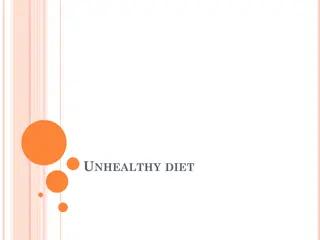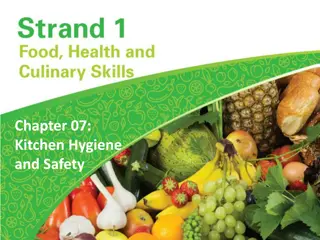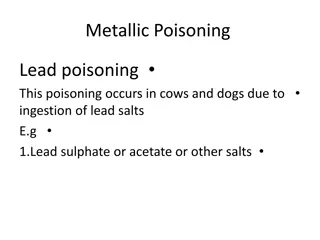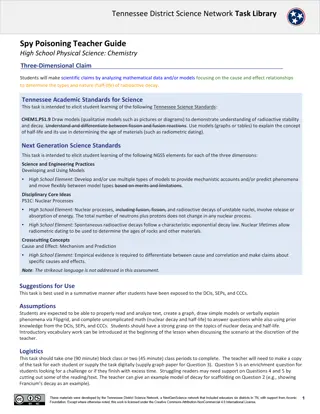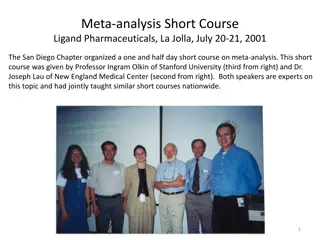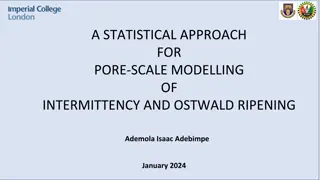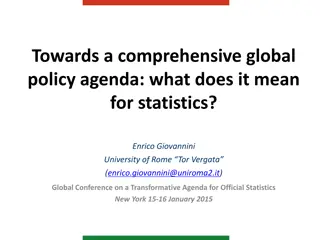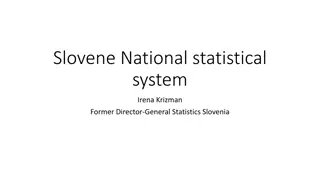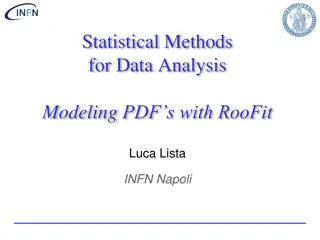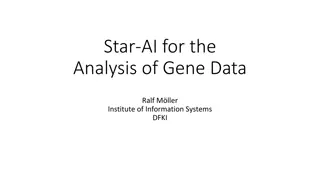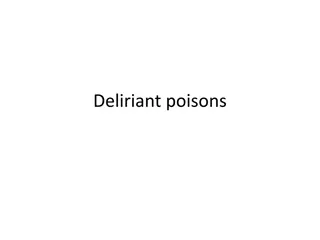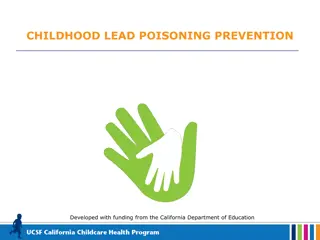Understanding Statistical Modeling in Food Poisoning Analysis
Statistical modeling is used to determine excess risks associated with different food items in cases of food poisoning. By calculating attack rates and risks, it is possible to identify which food items may be contributing to the illness. The approach is explained through examples and comparisons, highlighting the importance of analyzing data to draw meaningful conclusions in public health scenarios.
Download Presentation

Please find below an Image/Link to download the presentation.
The content on the website is provided AS IS for your information and personal use only. It may not be sold, licensed, or shared on other websites without obtaining consent from the author. Download presentation by click this link. If you encounter any issues during the download, it is possible that the publisher has removed the file from their server.
E N D
Presentation Transcript
Statistical Modeling Just Simply to Understand ! Davood Khalili, MD, MPH, PhD Department of Biostatistics & Epidemiology Research Institute for Endocrine Sciences Shahid Beheshti University of Medical Sciences
In a food poisoning how can we determine whether an excess risk is associated with each of the food items? Food Ate (% sick) Did not ate (% sick) a b Egg salad 83 30 Macaroni 76 67 Cheese 71 69 Tuna salad 78 50 Ice cream 78 64 Other 72 50 3
In a food poisoning how can we determine whether an excess risk is associated with each of the food items? - One approach is to calculate the ratio of the attack rate in those who ate each food to the attack rate in those who did not eat the food.(column C) - An alternate approach for identifying any excess risk in exposed individuals is to subtract the risk in those who did not eat the food from the risk in those who did eat the food. (column D) Food Ate (% sick) a Did not ate (% sick) b a/b c A-b d Egg salad 83 30 2.77 53 Macaroni 76 67 1.13 9 Cheese 71 69 1.03 2 Tuna salad 78 50 1.56 28 Ice cream 78 64 1.21 14 Other 72 50 1.44 22 4
It is a simple approach for a distinct disease (e.g. an infectious disease) which has a single cause. How about multifactorial diseases like NCDs? 5
A regression model, put simply, is: Y = 0 + 1X1 + 2X2 + 3X3+ . + nXn X is a risk factor / predictor 1-n emphasizes on the importance of the risk factor. 0 shows the baseline
Extensions to simple regression models f(Y) = 0 + 1X1 + 2X2 + 3X3+ . + nXn f(Y) = 0 + 1f(X1) + 2X2 + 3X3+ . + nXn Y = 0 + 1X1 + 2X2 + 3X3 + 1X1 X2+ . + nXn 2 Y = 0 + 1X1 + 2X2 + 3X3 + 1X1+ . + nXn . . .
Challenges in regression models Model assumptions Fitness of the model(s) Which variables/covariates should be included. How many covariates could be included. Which variables/covariates should be adjusted. Overfitting / Optimization . . .


